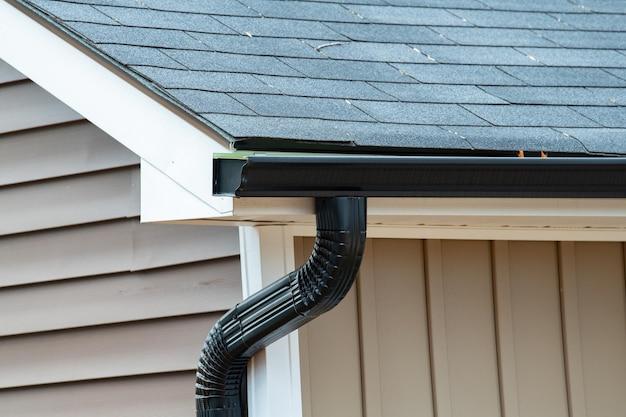HVAC filter performance rating, typically measured using the MERV scale, is a critical factor in maintaining indoor air quality and the efficient operation of HVAC systems. It represents a filter’s ability to capture and retain particles of varying sizes and influences the overall performance of the system. Selecting the right filter involves a balance between filtration efficiency, airflow requirements, and system compatibility to ensure that the HVAC system operates effectively while maintaining healthy and clean indoor air. It’s essential to consult with HVAC professionals or refer to manufacturer recommendations to make an informed choice regarding filter selection.
If you have been asking what is FPR, here is what you need to know.
Some common factors that contribute to filter performance ratings include:
Particle Size and Distribution: The size and distribution of the particles or contaminants that a filter needs to capture are crucial in determining its performance. Filters are often designed with specific pore sizes or mechanisms to target particles of a certain size range. A filter’s rating may vary depending on its performance against various particle sizes, and some filters are more effective against certain particle sizes than others.
Flow Rate or Capacity: The flow rate or capacity of a filter is a critical factor in performance rating, especially in industrial applications. Filters must be capable of handling the required flow rate without significantly reducing it. The flow rate can be affected by factors like the filter’s design, material, and surface area. A well-designed filter can maintain a high flow rate while efficiently capturing particles.
Pressure Drop: Pressure drop, or the change in pressure across a filter, is another important performance factor. Filters create resistance to fluid flow, and the extent of this resistance can vary significantly. A high-pressure drop can increase energy consumption, reduce system efficiency, and necessitate more frequent filter replacement. A lower pressure drop is generally desirable for improved filter performance.
Capacity and Service Life: The capacity of a filter refers to the amount of contaminants it can capture before it becomes saturated and needs replacement or regeneration. A longer service life is often preferred, as it reduces maintenance costs and downtime.
Filtration Media: The type and quality of the filtration media used in a filter play a crucial role in its performance. Different materials, such as fiberglass, activated carbon, ceramic, or synthetic membranes, have varying abilities to capture specific contaminants.
Compatibility: Filters must be compatible with the type of fluid or gas they are filtering. Chemical compatibility and material selection are essential to ensure the filter does not degrade or react with the filtered medium.
Certification and Standards: Many filters are tested and rated according to industry standards and certifications, such as HEPA (High-Efficiency Particulate Air) filters for air purification or NSF/ANSI standards for water filtration. These certifications provide a benchmark for filter performance and reliability.
Filter performance ratings are critical for selecting the right filter for a given application. Whether it’s ensuring clean air in a clean room, producing safe drinking water, or optimizing the efficiency of an industrial process, understanding filter performance ratings is essential to meet specific requirements and maintain the desired quality of the filtered fluid or gas. Engineers and users must consider these ratings carefully to make informed decisions and achieve the desired filtration outcomes.








Add Comment